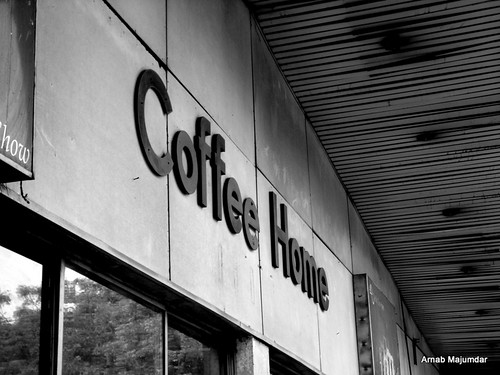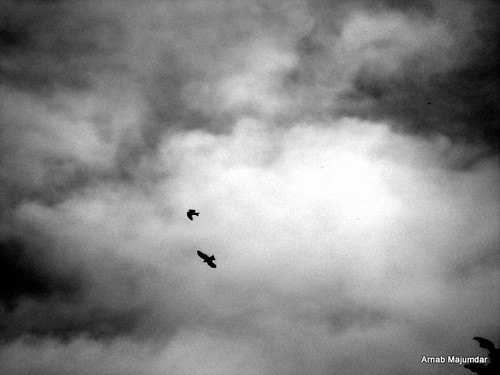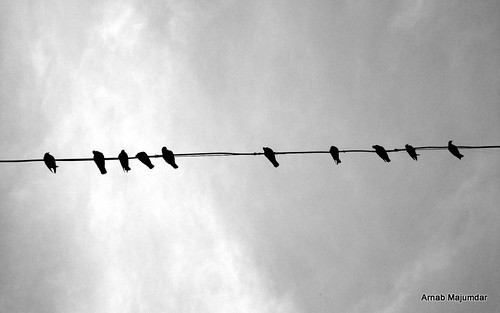Part One: The First Look
A slight way off the road, in Rishikesh, a set of stairs ran down to a secluded Ghat, waiting for us like an old man waits for wanderers, hoping that they have a few moments to spare. We did have those few moments to spare, and so we stepped away from the planned route, and went down the ghat. She was there, at the bottom of those stairs; one look at her majestic charm, and I knew why people respected The Ganga, and loved her so.
As was customary at all ghats, a few steps separated us from the gushing river below. Each step I took, the river seemed to sigh back, as if nothing pleased her more than having me beside her – like old friends catching up after a long time.
My friends joined me; an old man sat and lit a beedi while observing us; my friends took about a zillion pictures of each other, of me, and of the river – but I was so mesmerized by the indefinable attraction the river held, that I failed to notice most of it.
The silt from the river had been deposited on the steps, and the places the river had visited were all marked out; like familiar footprints on wet sand.
Soon, it was time for us to leave for Harki Pauri, another ghat on the banks of the Ganges. I didn’t want to leave this new friend so soon, but as my old friend put it very rightly, the more time I spent there, the more I’d want to linger on.
With one final look at the river, we left, while the murmur of the river followed us. I wanted to return, and desperately cling on to a few more moments, and was looking for an excuse to run back. In a flash, I had the excuse. I wanted the name of the ghat we had visited, and since I didn’t remember it, I had to turn back.
Telling my friends to carry on (of course, with a bit of resistance from their side), I turned back and ran to the ghat. Down the steps, almost slipping, I dipped one hand quickly into the ice-cold water, and a smile escaped my lips.
In my haste, I had failed to notice the old man sitting there, still smoking his beedi. He was observing me, and had seen the smile on my face that reflected the strange calm spreading inside me. He took a long drag of the beedi, exhaled, and said, “Haan beta, ek ajeeb sa sukoon milta hai.”
P. S. The name of the ghat was Sri Vishwanath Ghat, and it had been inaugurated in August, 1947. I knew this all along.
Part Two: The Last Look
Harki Pauri is one of the most famous ghats of Haridwar. Thousands throng this place daily, and during the peak hour of the Aarti, it becomes almost impossible to see anything but human figures all around.
It was at Harki Pauri that I met the Holy Ganga again. I knew I was in love the moment I saw the river. Little green leaf-baskets, each of them decorated with rose petals, marigold petals, a single lotus, and one diya, floated downstream, gently rocking along rhythmically, dancing to the waves caused by the river’s flow.
One step down, two steps down, and the water welcomed my toes. I groped around in the murky water, and with my friend’s help, finally managed to go down two steps, and was knee-deep in the water.My feet were numb with cold, my jeans were soaked with the river, and I was standing in a strong current, and yet I knew I never wanted to get out.
Nightfall was coming, and we had to make our way back to the hotel. By this time, it seemed every one of us had somehow been infused with that intoxicating something this river held in great quantities. As one, we all sat down on the stairs leading down to the ghat, to catch the last few glimpses of the river before we left.
Finally, we got up to leave. The narrow lanes back to the bridge leading to the auto stand allowed a few flashes of the river I’d begun to adore. Between the buildings, through cracks in the walls, I could see her flowing beyond. A few final steps over the bridge, and we had reached the rickshaw stand. It really was time to say goodbye.
As the rickshaw slowly navigated the streets of Haridwar, the night life on the banks of Ganga greeted us from afar. Soon, however, these few sights were all behind us, and I had already begun to miss her.
We came across a bridge, a surprise the little town had sprung up for me. The river gushed on from below, and even over the hubbub of traffic, and the crinkle of the rickshaw chain, I could hear the river whispering three magical words to me. “Come back soon.”
I know I will.





















